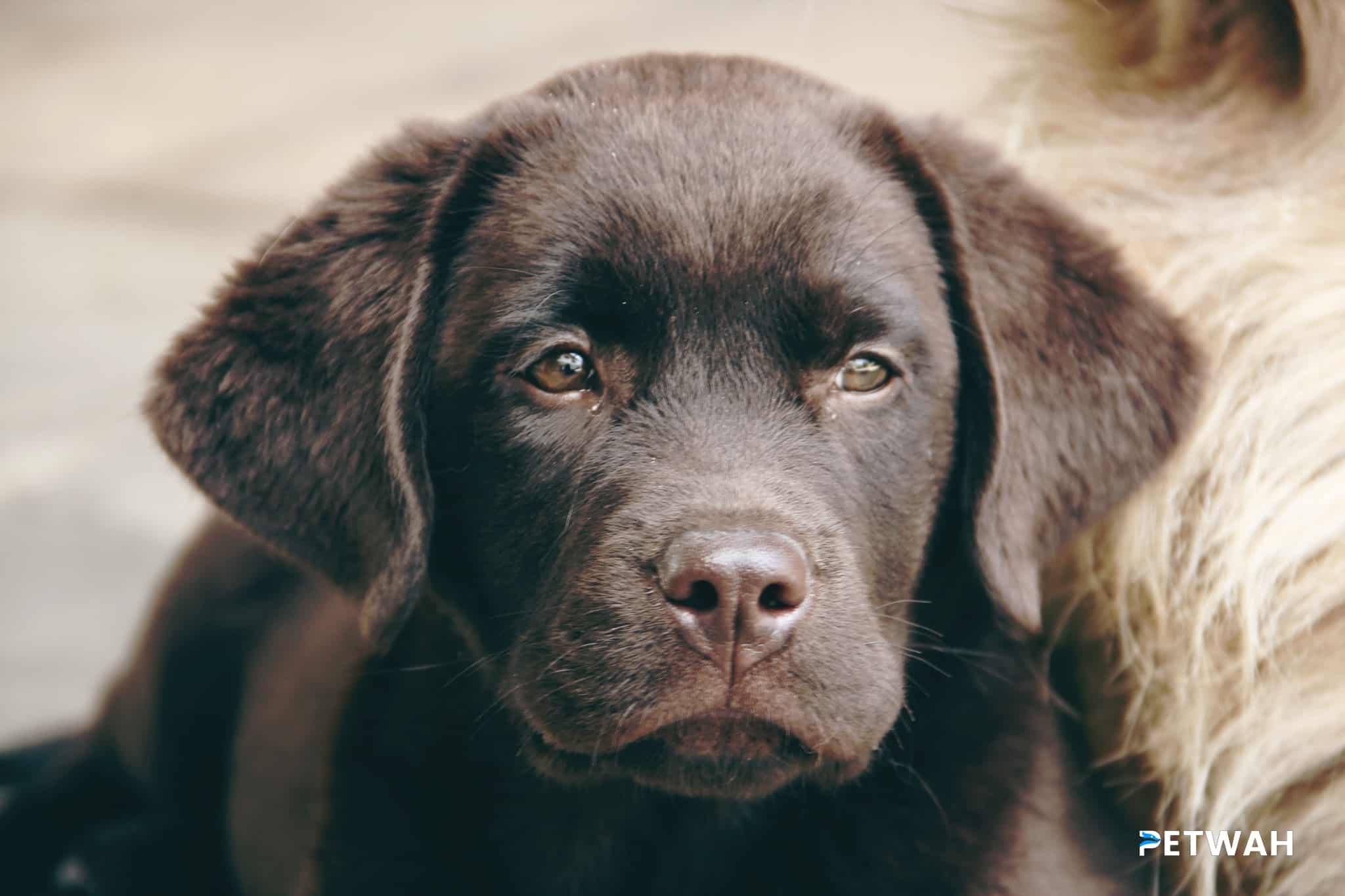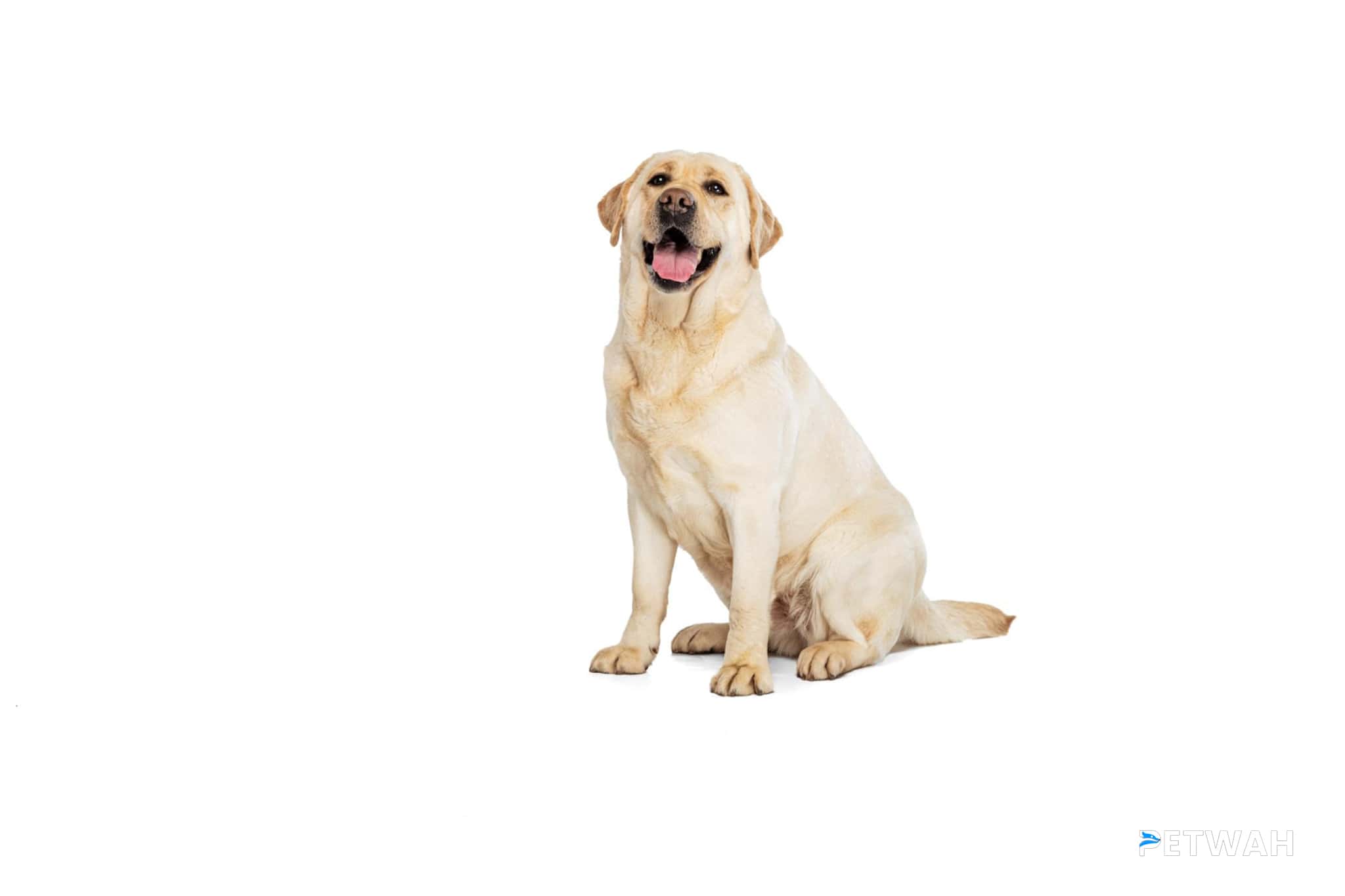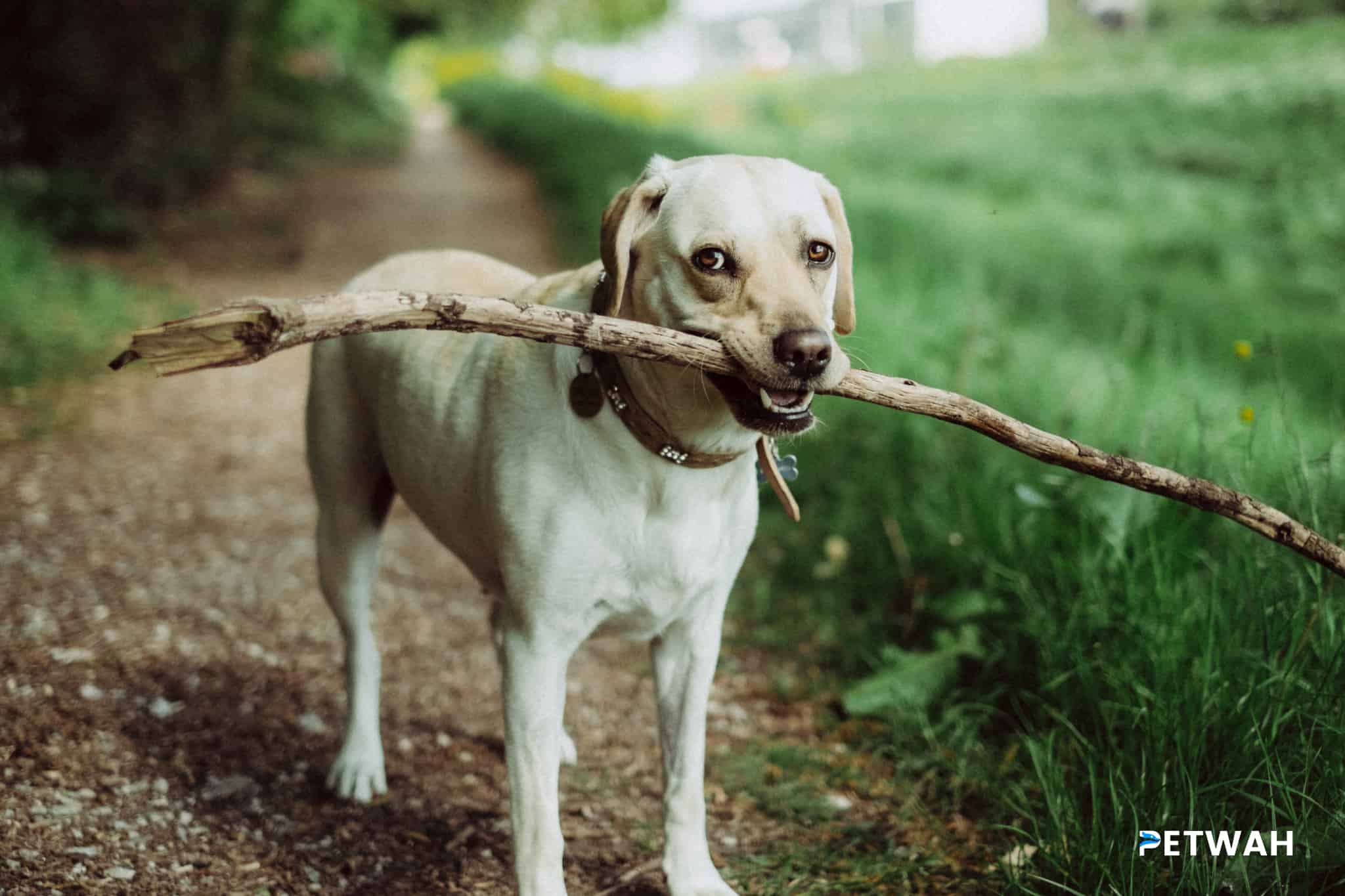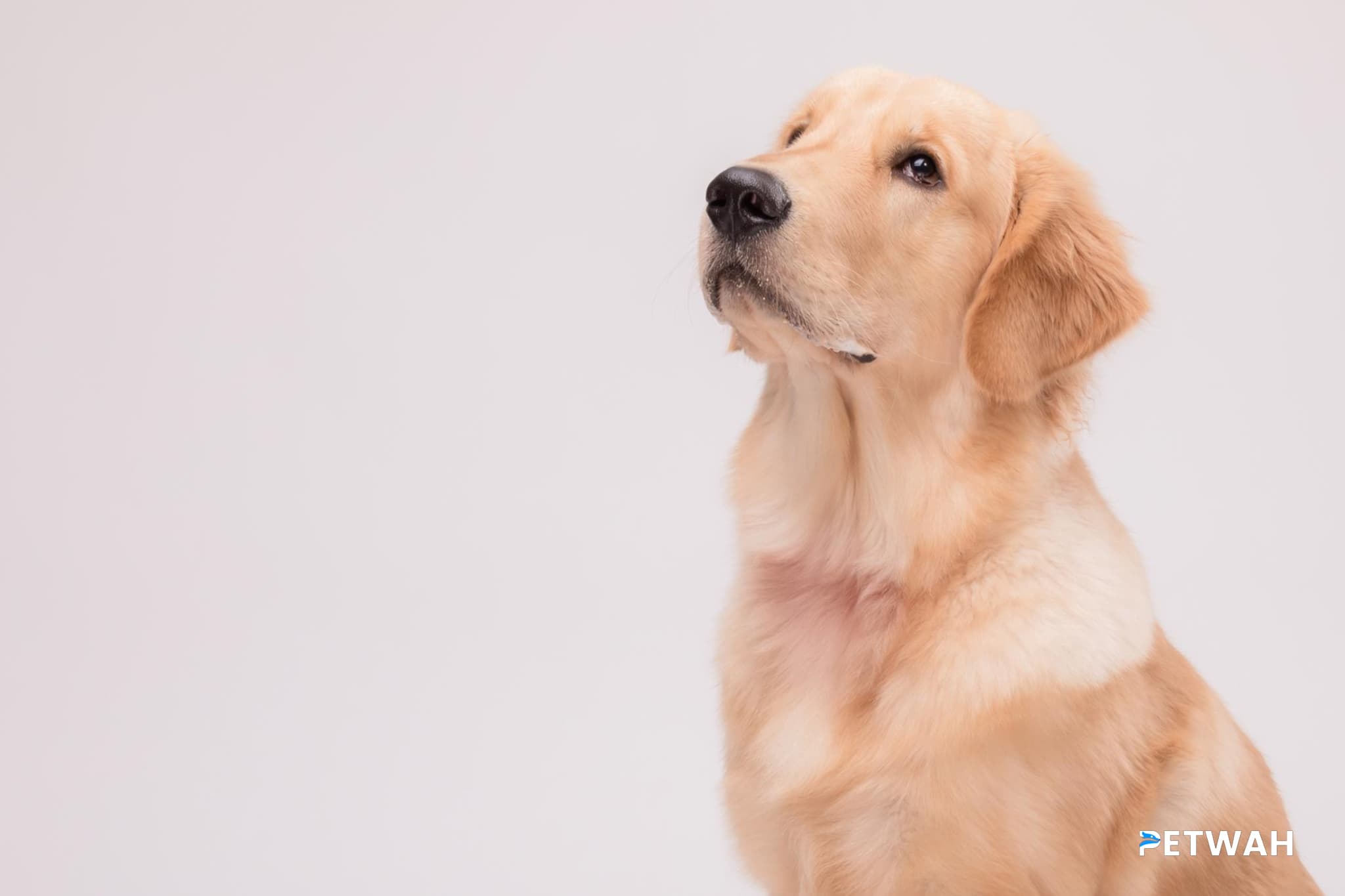Dogs are like family members to most of us, and just like humans, they also have their own fears and phobias. It’s common for dogs to experience anxiety and fear in certain situations, and as pet owners, it’s our responsibility to help them cope with their fears in a healthy way. Whether it’s fear of loud noises, thunderstorms, or separation anxiety, there are several ways to help your furry friend overcome their phobias and live a happier, stress-free life. In this blog post, we’ll share some simple yet effective tips to help your dog cope with phobias and fears.
Overcoming Dog Phobias: Simple Tips to Help Your Furry Friend Cope
Dogs, just like humans, can develop phobias or irrational fears about certain things or situations. While some fears are normal and may not require intervention, others can affect your furry friend’s quality of life. If left unaddressed, phobias can lead to anxiety, stress, and other behavioral problems. Fortunately, there are simple tips that you can follow to help your furry friend cope with phobias.
1. Recognize the Signs of Phobia
The first step in helping your dog cope with phobias is recognizing the signs. Dogs that are afraid of something may show some or all of the following signs:
– Panting
– Drooling
– Trembling
– Whining or barking
– Hiding
– Refusing to eat or drink
– Trying to escape
– Destructive behavior
– Aggression
If you notice any of these signs, it’s essential to identify the cause of the fear.
2. Identify the Cause of the Fear
Once you recognize the signs of phobia, the next step is to identify the cause of the fear. Some common dog phobias include:
– Thunderstorms
– Fireworks
– Loud noises
– Strangers
– Other dogs
– Vet visits
– Car rides
– Vacuum cleaners
– Grooming tools
Understanding the cause of your dog’s fear will help you develop a plan to overcome it.
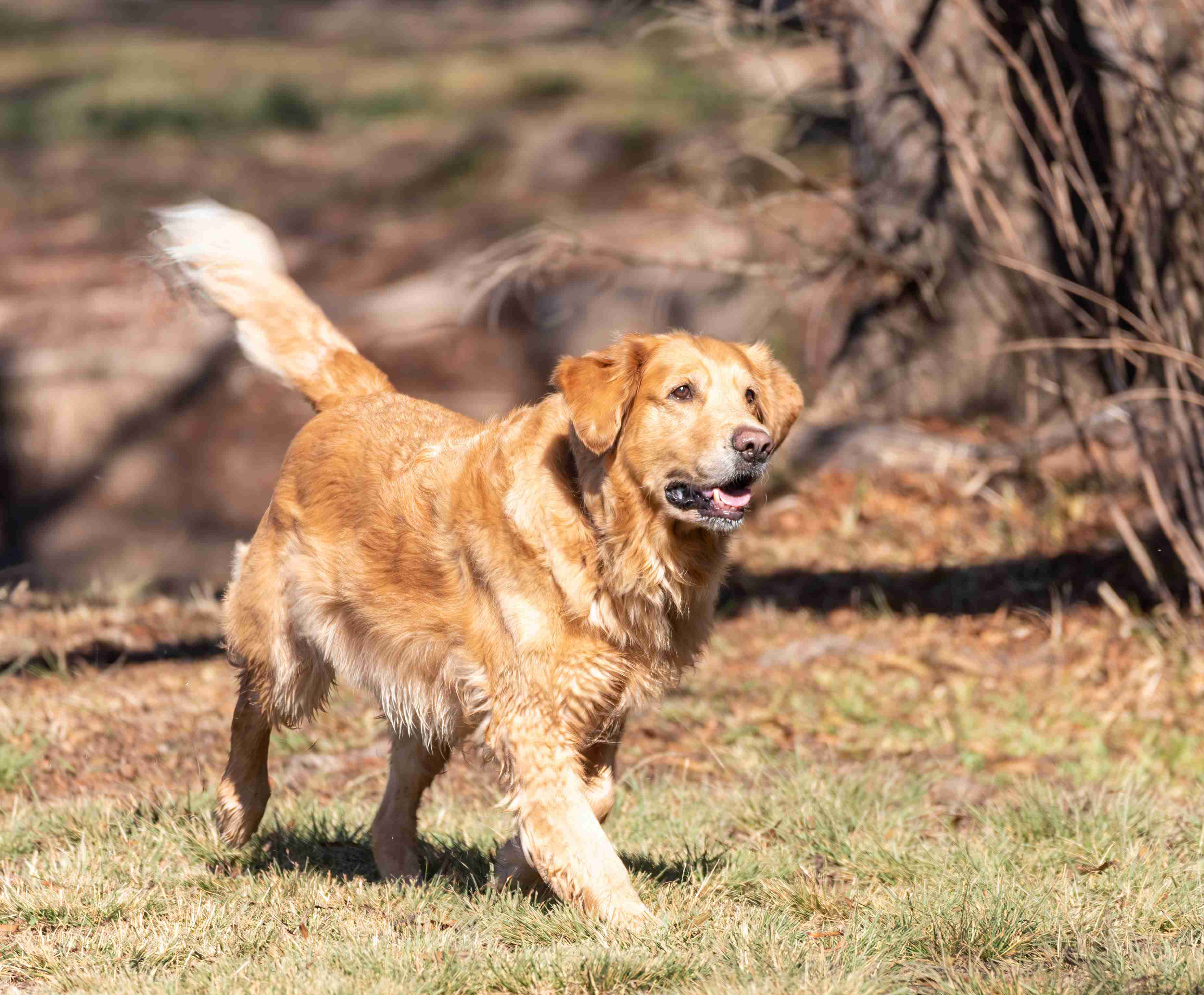
3. Create a Safe Environment
Creating a safe environment can help your dog cope with phobias. For example, if your dog is afraid of thunderstorms, you can create a safe place for him to retreat to, such as a crate or a room. You can also play calming music or use a white noise machine to drown out the sound of the storm.
If your dog is afraid of strangers, you can keep him in a separate room when visitors come over or use a baby gate to keep him away from the front door. You can also provide your dog with a treat or toy to keep him occupied during stressful situations.
4. Desensitization and Counter-Conditioning
Desensitization and counter-conditioning are two techniques that can help your dog overcome his phobias. Desensitization involves gradually exposing your dog to the thing he fears in a controlled and safe environment. For example, if your dog is afraid of car rides, you can start by sitting in the car with your dog without driving. Once your dog is comfortable with that, you can gradually increase the length and frequency of the car rides.
Counter-conditioning involves changing your dog’s emotional response to the thing he fears. For example, if your dog is afraid of the vacuum cleaner, you can start by showing him the vacuum cleaner from a distance while giving him a treat. Over time, your dog will associate the vacuum cleaner with positive things like treats and will become less afraid of it.
5. Professional Help
If your dog’s phobia is severe or if you’re not making progress with the above tips, it’s essential to seek professional help. A veterinarian or a certified dog behaviorist can help you develop a personalized plan to help your dog overcome his phobia. They may also recommend medication to help your dog cope with his fear.
Conclusion
Phobias can be scary and stressful for your furry friend, but with patience and dedication, you can help him overcome his fears. Remember to create a safe environment, identify the cause of the fear, use desensitization and counter-conditioning techniques, and seek professional help if necessary. With these simple tips, you can help your furry friend cope with his phobias and lead a happy and healthy life.
In conclusion, phobias can be debilitating for dogs and it’s our responsibility as pet owners to help them overcome their fears. Remember to always be patient, consistent, and positive when working with your furry friend. By following the simple tips we’ve outlined in this post, you can help your dog cope with their phobias and live a happier, stress-free life. Don’t hesitate to seek professional help if you feel overwhelmed or if your dog’s phobia is severe. With love, patience, and consistent training, your furry friend can overcome their fears and thrive.



%20-%20Copy.jpg)
%20-%20Copy.jpg)
